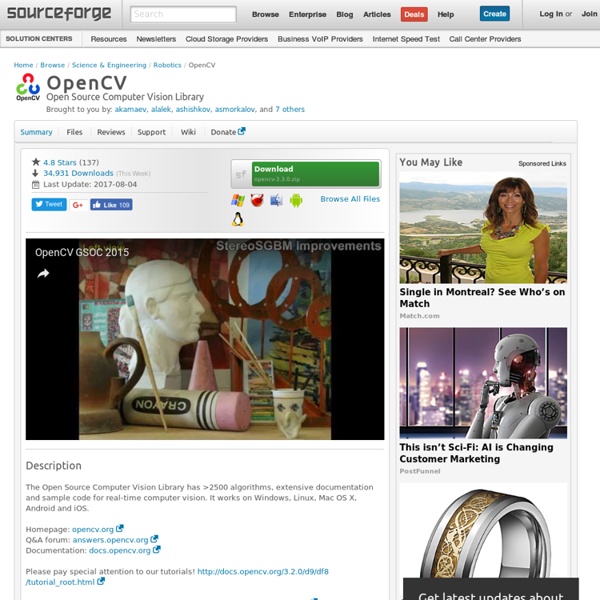



ezxdisp Introduction ezxdisp is a simple graphics library in C that works on X11 and Win32 platforms. This library has a small set of functions for drawing 2D/3D graphics. For example, the following code will create a 200x200 window with white background, and will draw a red circle in the center of the window. #include <stdio.h> #include "ezxdisp.h" int main(int argc, char *argv[]) { ezx_t *e; e = ezx_init(200, 200, "no title"); ezx_set_background(e, &ezx_white); ezx_fillcircle_2d(e, 100, 100, 40, &ezx_red); ezx_redraw(e); ezx_pushbutton(e, NULL, NULL); ezx_quit(e); return 0; } News 2007-11-28 - ezxdisp-0.1.4 released [ChangeLog]. Download ezxdisp is a free software under the terms of the GNU Lesser General Public License version 2. ezxdisp-0.1.4.tar.gz (168K, MD5 checksum: 15e96cebf9796c7dc1775c4b3324776f) Screenshots Some screenshots are available here. Building the Library On a x11 platform To build libezx.a, run 'make' in the 'src/x11' directory. On a win32 platform Documentation API Manual Contact
Sound eXchange Ogg Vorbis) Ogg Vorbis is a fully open, non-proprietary, patent-and-royalty-free, general-purpose compressed audio format for mid to high quality (8kHz-48.0kHz, 16+ bit, polyphonic) audio and music at fixed and variable bitrates from 16 to 128 kbps/channel. This places Vorbis in the same competitive class as audio representations such as MPEG-4 (AAC), and similar to, but higher performance than MPEG-1/2 audio layer 3, MPEG-4 audio (TwinVQ), WMA and PAC. The bitstream format for Vorbis I was frozen Monday, May 8th 2000. A format specification and related documentation are available on this site.The libvorbis reference implementation provides both a standard encoder and decoder under a BSD license.
System Rozpoznawania Słów Biblioteka, nagłówek oraz dokumentacja dla programistów chcących wykorzystać system w swoich programach. Demostracja działania systemu. Po uruchomieniu rozpoznaje (albo i nie ;) ) kilka słów mówionych do mikrofonu. Aplikacja testowa systemu. Do programu dołączone są wzorce trzech słów (ala, genowefa, chlew) oraz plik szablonu słownika (ala_genowefa_chlew.wpd). Ten słownik umozliwia rozpoznawanie powyższych trzech słów :). Z chęcią poznałbym Wasze uwagi na temat jakości pracy detektora słów - proszę wysyłać ewentualne maile na cin@skrzynka.pl Bardzo Prosty Program Demonstracyjny. Oto końcowy efekt działania SRIS-a :) Wykorzystanie jego możliwości w zastosowaniach praktycznych oraz poprawa pewnych elementów to temat do dalszych prac. Edytor szablonu słownika. Zrzut z prototypowej aplikacji testującej system (wersja alfa 2) przedstawiający wykresy parametrów (cech) MFCC dla stanów ustalonych różnych dźwięków. Obraz przedstawia dwa słowa 'ala'. Efekt działania detektora głosu.